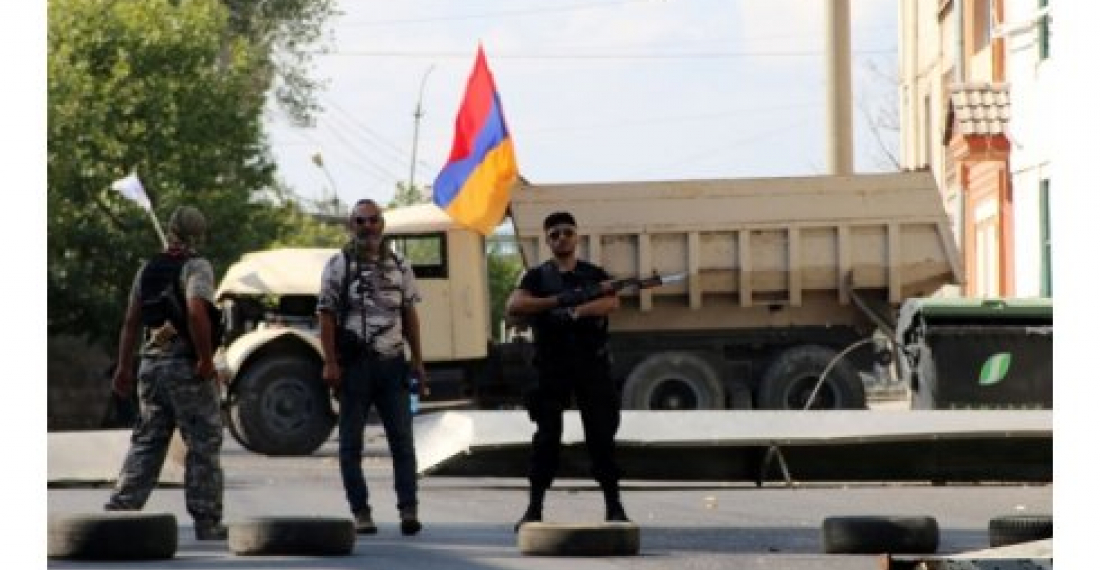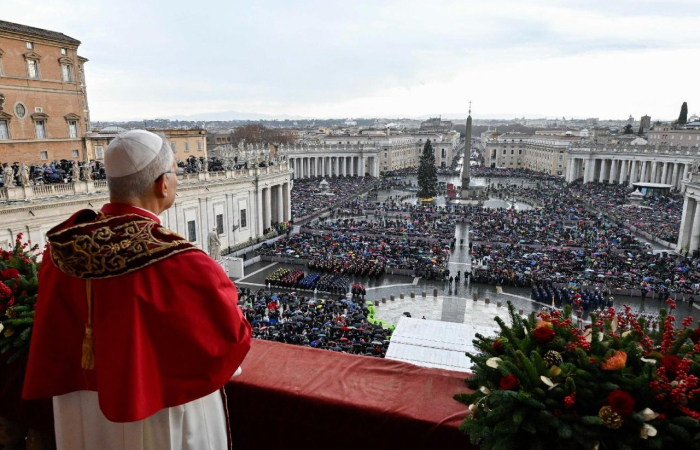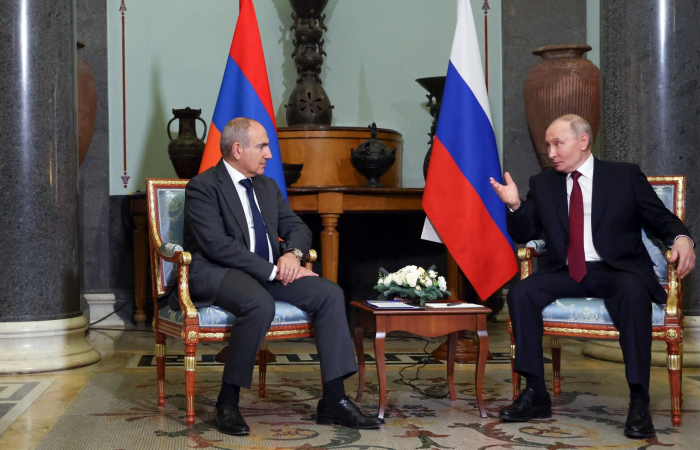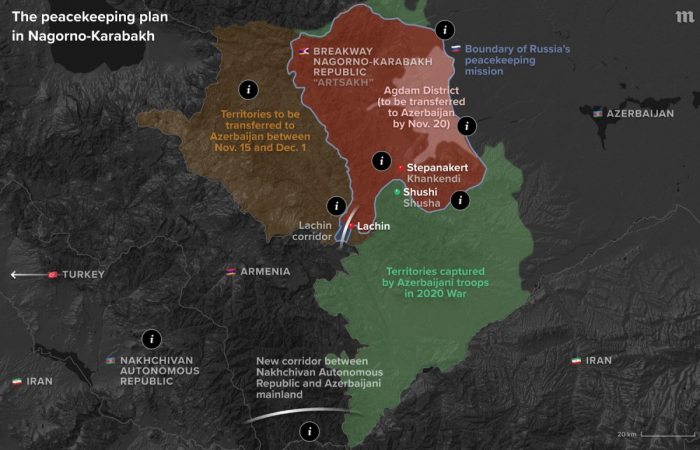In this commentary the political editor of commonspace.eu discusses the impact of the siege in Erebuni on the Armenian political scene.
A group of armed men remains holed up in the police headquarters in the district of Erdebuni in the Armenian capital Yerevan, even though they have now released all the prisoners they took when they forcibly occupied the building on 17 July, killing one police officer.
The hostage situation has now become a siege. The building is surrounded by Armenian security forces, although at a distance, sympathisers of the group continue to hold a round the clock vigil of solidarity.
So far the Armenian authorities have proceeded cautiously. Storming the police station is an option, especially now that there are no hostages to worry about. But the government does not want to be seen shedding further blood. The Armenian authorities have even indicated that they will take seriously accusations of police brutality against protestors outside the police station, or abuse of the several hundred detained in the aftermath of the hostage taking, initiating an investigation - even though based on past experience quite where these investigations will lead to is another matter.
On Saturday the armed group emerged to talk to the press - a precondition that they set for releasing their last two hostages. The armed group call themselves Sasna Dzrer and have two sets of demands - the release of political prisoners, particularly the person that they claim is their leader Jirayr Sefilian; and the resignation of the president, Serzh Sargsyan.
Questions have arisin over the last ten days as to who the armed group really are, and what is their ultimate objective. Throughout the incident, and even during their makeshift press conference on Saturday, the group has failed to articulate their demands coherently. There has therefore been much speculation as to what the ultimate objective of the group is. Some insist that this incident is directly related to the current negotiations on Nagorno-Karabakh, and the prospect that Armenia is going to withdraw from some of the territory of Azerbaijan that it has occupied since 1994. Certainly this position fits with the ideas of Jirayr Sefilian.
In July 2010, Sefilian participated in a study conducted by the British organisation LINKS, and was interviewed in his capacity as spokesperson of the Sadarapat Movement. Sefilyan described himself as a former Karabakh veteran and as "the Commander in Chief for a Special Battalion involved in the liberation of Sushi. Up until 1999 he served in the army in several different positions, including senior positions in the Defence Ministry".
In the interview Sefilian said that the Sadarapat Movement (SM) believes that there is no conflict around Nagorno-Karabakh, only a conflict between Armenia and Azerbaijan, and considers the Nagorno-Karabakh issue already resolved - remaining tensions the result of other unresolved issues with Azerbaijan such as the issue of Nakhijevan. The movement maintains that the de facto union between Armenia and Nagorno-Karabakh should be legalized as soon as possible with regards to the international law, and considers Armenian policy towards Nagorno-Karabakh since 1992 as wrong since it has treated it as a separate independent state. The SM maintains that the national liberation movement that started in 1988 was aimed at reuniting Armenia with Nagorno-Karabakh, which was illegally annexed from Armenia during the Soviet era. The Armenian policy since 1992 has therefore been detached from the national feelings of the Armenia people, and the SM therefore disapproves of it. The SM therefore supports the status quo situation that was established after the cease-fire in 1994 and believes that any kind of change to it is not only against the national interest of Armenia, but also has the capacity to upset the regional security environment in the South Caucasus. (You can read the full interview conducted in 2010 on commonspace.eu here).
Some are questioning whether Sefilian supports the armed group in Erdebuni. Armenian writer, Markar Melkonian, wrote on the website hetq.am that "it is not at all clear that Sefilian, a distinguished patriot who has been in police custody throughout these events, should be held responsible for the ill-considered actions of those who seized the police station on July 17". Melkonian laments the collapse of the Armenian Soviet Socialist Republic in 1991 and warns that the siege's ultimate aim may be to break Armenia's close relations with Moscow. (You can read the full text of Melkonia's op-ed on hetq.am here).
And here lies the dilemma for the government. Whilst it needs to be seen putting a swift end to the siege in Erdebuni it realises that a wrong move may trigger a much wider set of reactions, especially from Karabakh veterans who feel they have the moral authority to hold the government to account. President Sargsyan is at the moment under considerable pressure from the Russians, and indeed from the wider international community to make the necessary concessions to unblock the impasse in the Nagorno-Karabakh peace negotiations. Yet as Erdebuni has shown doing so is not going to be a simple matter.
One reason is that veterans from the war in Karabakh in the 1990s remain extremely influential in the political establishment in Armenia, and to a somewhat lesser extent in Azerbaijan. The 2010 LINKS study surveyed 46 political parties in Armenia and Azerbaijan and their attitude towards the Karabakh conflict. It found that veterans of the war occupied key positions in many of the parties, and that most had hardline positions on the issue (You can read the full study here).
The Armenian political scene has been caught in a time-warp for the last quarter of a century. There is plurality and competition, but the participants are by and large all veterans of a war that took place in the last century, and who see politics from the prism of that war.
Erebuni has once again opened up emotional discussions in Armenian society and has once more raised questions on a dysfunctional political system. For every day that it lasts, the siege of Erdebuni reminds Armenians of the siege mentality that predominates in Armenian politics. Many feel that it is now time to move on. For them, Erdebuni is a step backward, not forward.
This is a commentary prepared by the political editor of commonspace.eu
Photo: Member of the armed group under siege at Erebuni police headquarters in the Armenian capital Yerevan emerged to talk to the press on Saturday (23 July). (Picture courtesy of hetq.am)






